Vision Condition
Nearsightedness: Symptoms, Causes, and Treatment1
6 mins read
The technical term for this vision condition is called myopia. Being myopic means that you can see nearby objects clearly, but anything further away seems blurred.

What’s happening in your eye that makes everything so blurry?
Put simply, your eye is either too long, or your cornea is too curved (relative to the length of your eye). As a result, when light rays enter your eye, they’re bent too much—first by the cornea which acts as an outer lens and then by the actual lens inside your eye. The rays come into focus before they reach the retina - the part of your eye which acts like a projection screen at the back of the structure.
Therefore, instead of bringing images into one single focal point (like the bottom of a V shape) onto the screen, the rays cross (like an X) in front of it. This means they are split and diverging by the time they reach your retina.
So that’s what causes your blurred vision. The more powerfully your eye bends the light, the more nearsighted (myopic) you are. By contrast, the less your eye bends light, the more farsighted (hyperopic) you become.
By the way, myopia is Greek for squinting. When you squint, you reduce the size of the pupil (the black hole in the coloured part of the eye). This extends the depth of focus - temporarily correcting nearsightedness. If you know how a camera obscura works, it’s a bit like that. This explains why squinting acts as a short-term way to see a bit better—though not for long—but remember: it’s never a particularly good look!




How does one become nearsighted in the first place?
No one knows the full answer, but it’s clear that myopia runs in the family, so you may inherit nearsightedness from a parent or grandparent. It tends to surface at an early age (around 10 years or even younger), then increases for a few years before stabilising at around 20. A second phase may follow in your mid to late 20s, especially if you spend a lot of time studying.
There are, however, ways to prevent or minimise the condition. For example, if you spend too much time in front of books, screens or phones, it increases the likelihood of nearsightedness. That’s why it’s so important to let your eyes relax from time to time. It’s a good idea to follow the 20/20/6 rule. This means taking a 20-second break every 20 minutes to look at an object that’s at least 6 meters away.
If you are a parent, encourage your children to put down their gaming devices or smartphones and spend at least two hours a day outside. Evidence suggests this can delay or minimise the onset of myopia. Playing outside isn’t just good for the soul: it really does help keep those precious eyes happy and healthy!
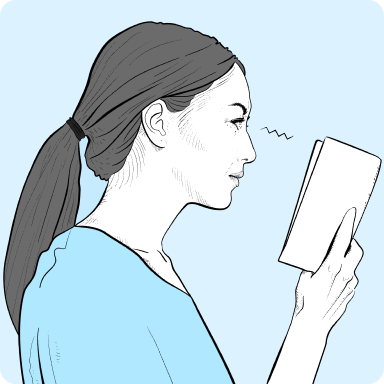

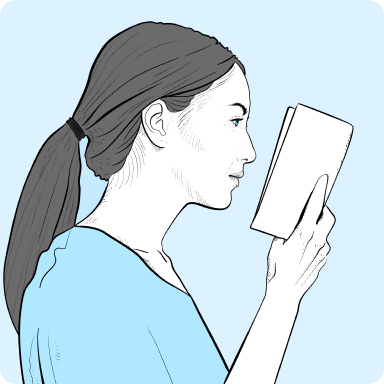

Here’s the good news. If you are diagnosed with myopia, there are plenty of options including spectacles, ortho-k, refractive surgery, etc. There is also a contact lens choice out there that can correct pretty well any form of nearsightedness.
Some daily contact lenses can be so comfortable and oxygen-permeable, you will barely ever notice them. Plus, with daily disposable lenses, you can wear them for a day, and then replace them with fresh ones the next day.
Alternatively, you might prefer colour lenses. In addition to correcting vision, they come with the option of changing your eye color and look, adding a fashion statement. This option is also available for anyone not needing vision correction but wanting to play with their eye color.
Anyone aged around 45 or older can also wear multifocal lenses, which overcome the loss of eye lens elasticity (presbyopia) - once again enjoying clear vision at all distances. It’s quite possible to have myopia and presbyopia at the same time. Fortunately, this is nothing to worry about: there are multifocal lenses out there to put things right.
There are even ‘toric’ contact lenses, which correct astigmatism. If you’re astigmatic, light entering your eye focuses in more than one place on the retina. Applying a toric lens deals with this, refocusing all the light rays into a single point.
Your optician can reveal this new world of options and opportunities, each designed to fit the type and extent of myopia you have. In short, there’s a contact lens way forward, whatever your age or need.
Many kids love them, saying they’ve transformed their lives as teenagers, but senior citizens are equally enthusiastic. Whether you are slightly or substantially myopic, hyperopic, astigmatic or have a combination of conditions, it’s good to know that contact lenses can do the same great job for you - day in, day out.
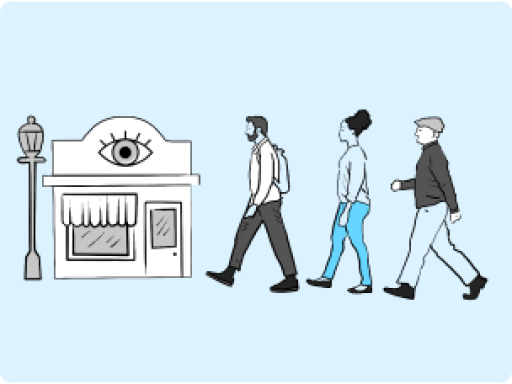
Your optician may show you a number with a minus sign in front of it. The minus indicates that you are nearsighted, which means your lens will be thick at the edge of the central zone and thin in the center (the reverse applies if you are farsighted). To ensure comfortable wear, the edges of contact lenses are always thin.
The number after the minus refers to the power of the lens and hence your degree of nearsightedness, measured in diopters (D or dpt).

A reading of -0.75 D, for example, indicates that you only have a slight lack of focus, while -8.25 D would show that you are nearsighted to a much higher degree, making you more dependent on your vision correction.
So let’s sum this up. Whoever you are, whatever your eye condition, and whatever your age, there is a soft or rigid, daily disposable or monthly replacement contact lens to correct your nearsightedness. That brings a wonderfully welcome alternative to glasses or laser eye surgery into your life, with the solution literally at the end of your fingertips! Talk to your optician about what might be the best solution for you.


DAILIES TOTAL1™ MULTIFOCAL
See clearly at all distances, near through far,4,5 in a multifocal contact lens that feels like nothing.†6
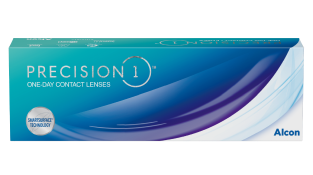

PRECISION1™
Precise vision and dependable comfort5 in an easy-to-wear, easy-to-love daily disposable contact lens.
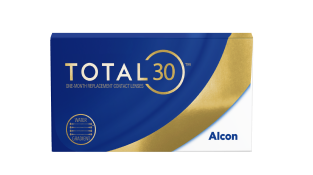

TOTAL30™
The first and only monthly replacement Water Gradient contact lenses, so comfortable they feel like nothing, even at day 30‡6
REFERENCES
†Based on 90.4% of wearers agreeing with the statement, "while wearing my lenses, I sometimes forget I have them on".
†‡Based on more than 70% of wearers agreed with the statements ‘These lenses were so comfortable I didn’t feel anything’ and ‘I did not have to think about my contact lenses today’, n=66.
1. Nearsightedness: What Is Myopia? American Academy of Ophthalmology. Website. https://www.aao.org/eye-health/diseases/myopia-nearsightedness. Updated November 7, 2024. Accessed September 2025.
2. Grzybowski A, Kanclerz P, Tsubota K, Lanca C, Saw SM. A review on the epidemiology of myopia in school children worldwide. BMC Ophthalmol. 2020 Jan 14;20(1):27.
3. Thekveli S, Qui Y, Kapoor Y, et al. Structure-property relationship with delefilcon A lenses. Contact Lens Anterior Eye. 2012; 35 [Suppl 1]:e14.
4. Perez-Gomez I, Giles T. European survey of contact lens wearers and eye care professionals on satisfaction with a new water gradient daily disposable contact lens. Clin Optom. 2014;6:17-23.
5. Perez-Gomez I, Valente R, Vonbun H. Survey of patient and ECP satisfaction with a new daily disposable toric contact lens. Optom Vis Sci; 2021;98:E-abstract 215040.
6. In a clinical study wherein patients (n=66) used AOSEPT® solution for nightly cleaning, disinfecting, and storing; Alcon data on file, 2021. Study CLY935-C013 p.4.
Data on file references available at AUS: 1800 224 153; Auckland NZ: 0800 101 106.
Consult your eye care professional for wear, care, precautions, warnings, contraindications and adverse effects.
ALWAYS READ THE LABEL AND FOLLOW THE DIRECTIONS FOR USE.
All content on this website is for informational purposes only, always talk to your health professional regarding your eye health or medical conditions.